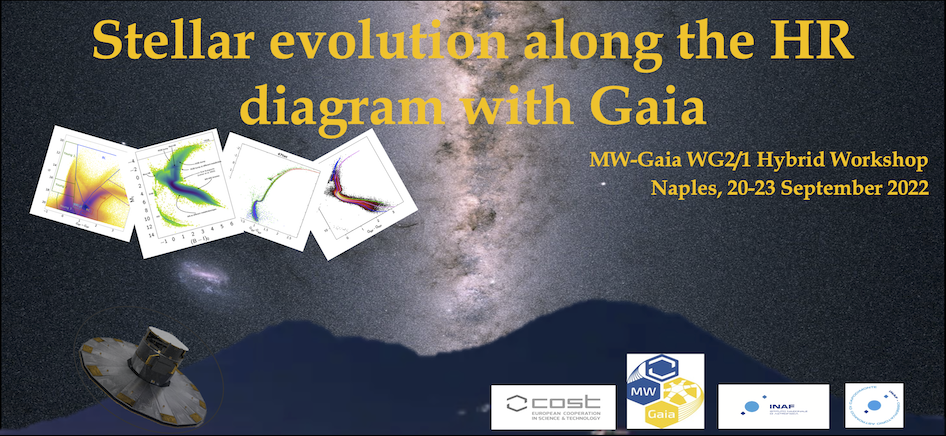Speaker
Description
The current (and future) large Galactic surveys are revolutionising our knowledge of Galactic and stellar physics, providing kinematics, chemical and global properties for a very large number of stars across the Milky Way. The Gaia and Kepler space-missions, along with ground-based spectroscopic surveys paves the way to a better understanding of stellar interiors, providing valuable and independent constraints on current stellar evolution models and on the physics of different transport processes.
This incredible large number of data motivates the development of statistical analysis of Galactic stellar populations improving our understanding of the Milky Way and its stars. The so-called population synthesis approach is a powerful tool for such analysis, allowing the computation of mock catalogues under various model hypothesis, to provide a forward modelling, and to statistical compare them with any type of large survey data.
In this talk, I will present some results from Lagarde et al. (2019) where we investigate the effects of extra-mixing on C and N abundances using the first comparison between the Gaia-ESO survey abundances with simulations of the observed fields using the Besançon stellar population synthesis model. In a second part of the talk, I will present a recent study of a sample of Kepler giants for which we have performed a high-resolution spectroscopic follow-up (Lagarde et al. in prep.). In this study we demonstrate the power of the combination of seismic and spectroscopic data to constrain the efficiency of extra-mixing on the red-giant branch.

